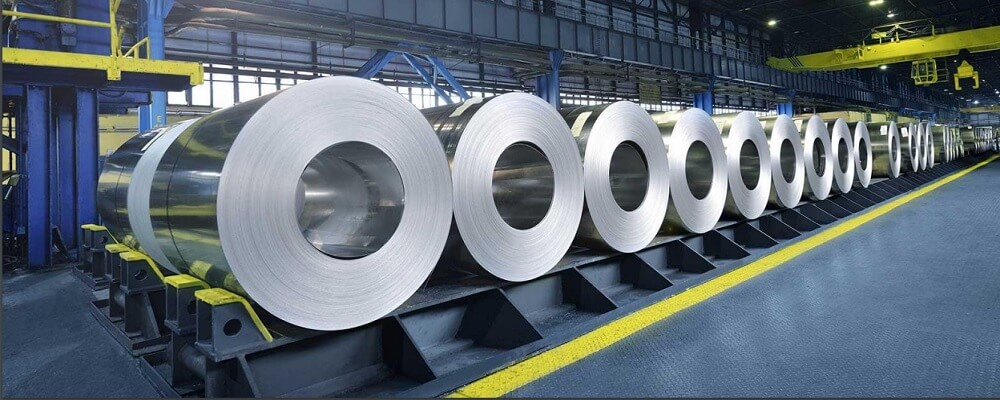China’s daily pig iron and crude steel output for Sept. 21-30 decreased 4.3% and 3.1% from Sept. 11-20 to 2.335 million mt and 2.692 million mt, respectively, data from the China Iron & Steel Association showed Oct. 10.
However, several mill and trading sources told S&P Global Commodity Insights that the output level could have remained higher than reported by the association, as indicated by weak steel prices during the period.
Some sources expected China’s steel production to slow down in October due to rising inventories and lower prices. Any output cuts though would be too modest to boost steel prices, the sources added.
China’s daily pig iron and crude steel output averaged 2.406 million mt and 2.76 million mt in September, down 2.4 % and 4.8% on the year, showed S&P Global calculations based on data from the CISA and the National Bureau of Statistics.
The daily pig iron output in September was almost unchanged from August, while crude steel production was down 1% on the month, according to the calculations.
Finished steel inventories at mills and spot markets monitored by the CISA totaled 24.21 million mt on Sept. 30, down 0.8% on the year but still 6% higher than the same time of 2021, according to market sources. In 2022, China’s aggressive lockdowns impacted the overall economy and kept steel consumption at lower levels.
Some market sources doubted the reported decline in steel production levels in September, saying they haven’t heard any large output cuts yet across the country.
Meanwhile, iron ore port stocks have remained on a downtrend through September, showing no major signs of steelmakers cutting back on raw material offtakes, the sources added.
Iron ore port stocks in China were 112.8 million mt at the end of September, down from 117.5 million mt in mid-September and 120.4 million mt at the start of the month, according to data provider CEIC.
Because of strong steel production and weeklong national holidays in early October, steel inventories had increased quickly, weighing on China’s steel prices in the postholiday market, sources said.
As of Oct. 9 in eastern China, hot rolled coil inventories in Shanghai were almost 80% higher than the same time last year, while rebar inventories in Hangzhou were about 35% higher on the year, according to market sources.
The Chinese domestic HRC prices in Shanghai and rebar prices in Beijing fell to Yuan 3,730/mt ($511/mt) and Yuan 3,763/mt on Oct. 10, down Yuan 90/mt and Yuan 51/mt, respectively, from the end of September, S&P Global data showed.
Currently, HRC sales were at a breakeven level or posting slight losses, while rebar sales were facing a loss of around Yuan 150/mt, mill sources in eastern China said.
China’s steel output could slow in October because of weak profit margins, but that still would not result in a large-scale drop in production as there were no government-mandated output cuts yet, the mill sources said. No mill would want to cut output first and would await other mills to initiate any cutbacks, they added.
Source: Hellenic Shipping News





